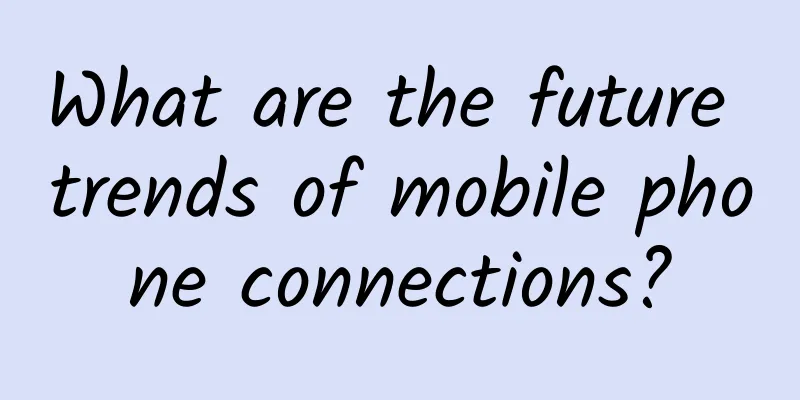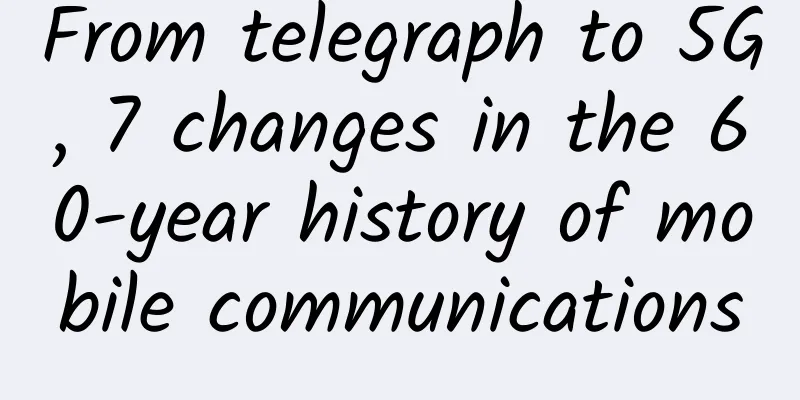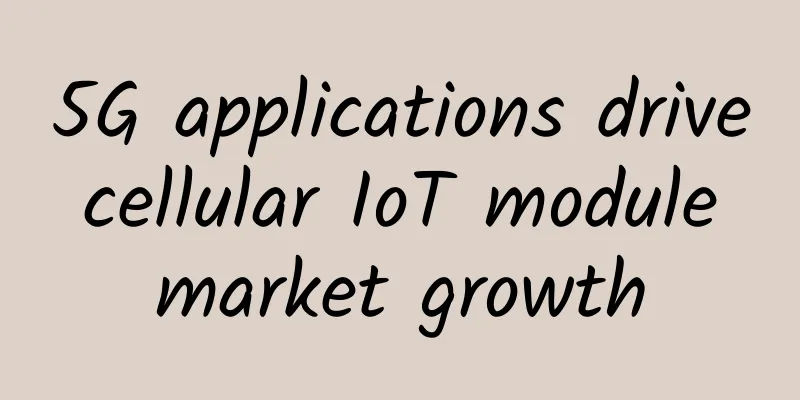The Current State and Future of IoT Connectivity

|
In every sense, the Internet of Things is about connectivity. Talking about the Internet of Things without taking into account the different existing modes of network connectivity is like scratching the surface without really looking at the magnitude of what this revolution promises. What does the future hold if we consider connectivity? What opportunities does current technology offer us? What can we expect from things like 5G, NB-IoT or satellite communications?
5G + 4G, the future of mobile communications The fifth generation of technology supporting mobile phones is almost here. Scheduled for deployment in 2020, the amount of resources and stakes involved in this “big network” is enormous, and it’s the network refresh the mobile industry has been waiting for for years. But that doesn’t diminish the importance of current 4G networks, which will continue to evolve in the coming years. For now, 4G remains the primary force behind our connectivity today, but its transmission limitations portend a revolution. Of course, while 5G is planned to replace 4G networks in some cases, in many others, technology and computing power will force 5G to share the throne with its predecessor, 4G. In fact, 5G is not designed just to maintain a broad connectivity experience. While 4G pioneered the spirit of the Internet of Things, 5G will bring a greater range of interconnections and resources, because the possibilities of computing, identification, communication and data processing offered by this technology are much greater, which will all translate into new experiences. Thanks to 5G, as well as the input of information, coupled with the possibilities of big data and the integration of wearable devices will create a new way to interact and even understand our devices, which will be smarter, more powerful and more dynamic. This also includes washing machines, bracelets, watches, cars, traffic lights, etc. In fact, 5G will allow these devices to become network nodes, gradually moving away from the concept of terminals. However, as we mentioned above, this cannot be true for all industries. 4G will continue to support the interconnection generated by 5G and create new opportunities. NB-IoT, coverage continues to expand Just like LPWAN technologies, NB-IoT has great potential in areas that 4G and 5G cannot reach. One of the main advantages of this technology is that it is actually designed just for the Internet of Things, so from the beginning, it has the best integration, thorough standardization and multiple promising projects. NB-IoT is mainly focused on indoor coverage or local areas that are difficult to reach. In addition, it allows network connection with minimal energy consumption, thus expanding the number of devices that can be connected to the network. This makes NB-IoT the ideal technology for connecting thousands of smart meters, for example. The modules that support the network are battery powered, so there is no need to be connected to the grid, which extends its coverage. NB-IoT is a unique opportunity to monitor containers, water, gas consumption, parking lots and even farm livestock. As this technology is implemented, its use will gradually develop, and its very low cost and high degree of autonomy are the main promises of this technology. Satellite communications: Going where other connectivity technologies can’t By 2020, 20 billion devices are expected to be connected to the Internet, including cars, mobile phones, wearables and appliances. As these types of devices expand around the world, a question begins to surface. Are we ready for such a responsibility? No single company or technology can cover all markets in the world, either geographically or technologically. However, given the ubiquity of the Internet of Things, satellites will become increasingly important: they are essential and can allow us to raise our expectations. But for this to happen, better services must be available. Currently, the services provided by providers are almost exclusively limited to the L-band, however, changes in the Ku- and Ka-band forecasts indicate that the use of such services will increase. This increase will benefit the Internet of Things, as it can truly connect any device, anywhere in the world. Without satellites, the Internet of Things is a concept with serious connectivity issues. Satellites provide industrial solutions, remote control, automatic vehicle monitoring and banking access at increasingly lower costs, better integration and faster speeds. As this technology develops, the Internet of Things will increasingly benefit from the possibility of being able to connect anywhere, at any time, in any situation, even in places that other technologies cannot reach. Other protocols that should not be ignored Although these three major categories of technology will determine the future of connectivity (and it has already been determined), we must not forget that other technologies are also running in this race. One of them is Bluetooth, which offers short-range connectivity and has very low energy consumption. This protocol is one of the most used to maintain a constant connection in various devices, even if it is only to transmit "short" amounts of information; in short distances, the Z-Wave and ZigBee protocols, designed for various industrial uses, are more limited than Bluetooth and are designed for more specific applications. These two technologies focus more on stability and security than speed; Another major player in network connectivity is Sigfox, a widespread alternative whose range may be between Wi-Fi and mobile networks. Designed from the beginning for the IoT market, Sigfox is particularly useful in situations where little data exchange is required. The protocol facilitates the use of batteries in connected devices and can even make the battery life last up to ten years. |
<<: Talk about IPv6 and Happy Eyeballs
>>: Top 7 web scraping tools for 2019
Recommend
I experienced 5G network on Beijing Line 16 for a while and used up 7GB of data
What is 5G? Do I need to change my SIM card? Can ...
MWC19 Shanghai | Ruijie and the operator industry jointly create a 5G world
[[268489]] Mobile communications, starting with G...
Ming-Chi Kuo: The key to iPhone 12 series shipments is that the starting price is US$699, which will definitely be a big hit
The report pointed out that the shipment proporti...
Connectivity trends: All roads lead to Wi-Fi in 2023 and beyond, says Wi-Fi Alliance
Despite turbulent times, Wi-Fi has had a stellar ...
The number of 5G package customers has exceeded 165 million. China Mobile announced its operating data for December 2020.
Since the Ministry of Industry and Information Te...
RackNerd Mid-Autumn Festival Promotion, Los Angeles KVM Annual Payment Starting from $9.89
The Mid-Autumn Festival is still early, but the p...
Basic concepts and development prospects of Bluetooth Mesh protocol
Each device node in the Mesh network can send and...
What is 6G network? Do you know?
6G networks are defined as cellular networks that...
Want to know about 5G synaesthesia integration? Just read this article
Development Background Synaesthesia integration: ...
Wu Hequan, academician of the Chinese Academy of Engineering: 5G technology is very immature and the operating costs are extremely high
According to domestic media reports, on October 1...
Just look at these three pictures and you can understand the OTN layered structure
OTN (Optical Transport Network) is a hierarchical...
Is 5G really green, or will it consume more resources?
The tech industry has long sought to ally itself ...
Three-year pilot licenses have not yet been issued, and the road ahead for virtual operators in 2017 is still difficult
[[177571]] On December 1, the real-name system wa...
New iCONNECT, SD-WAN 3.0 architecture, launched
The Lingrui Lanxin iCONNECT SD-WAN 3.0 product la...
BudgetVM high-defense dedicated server 50% off for the first month, 1Gbps unlimited traffic, 5 computer rooms starting from $41.94
BudgetVM is still offering a 50% discount on the ...









